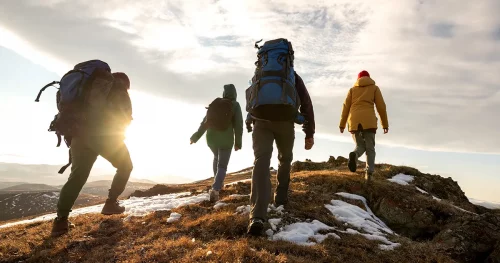Hiking is an incredible exercise, it uses your whole body in a way that is great for your health. This, however, can be a challenge. If you want to tackle harder terrain, you might be wondering which exercise gives explosive power for hiking uphill.
We have several exercises that will increase your general strength and endurance, allowing you to tackle steeper inclines with ease.
The Best Exercises for Hiking Uphill
There are several exercises you can do to increase your endurance for hiking uphill. They’re all pretty easy to do, requiring little-to-no extra equipment (other than yourself and your surroundings).
1. Squats
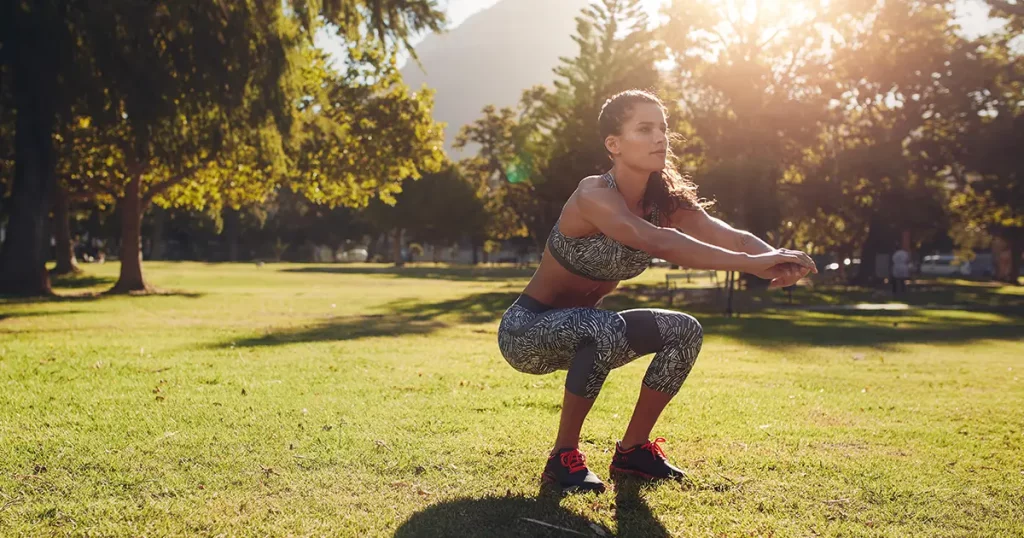
Let’s start with an obvious one: squats. Excellent for building endurance in your legs, squats are a powerful exercise if you want to increase your capacity for hiking uphill. Squats work the large muscles in the upper half of your legs, which you’ll need to endure challenging uphill hikes.
Work a few squats into your daily exercise regime, and try to do more each day.
2. Jump Squats
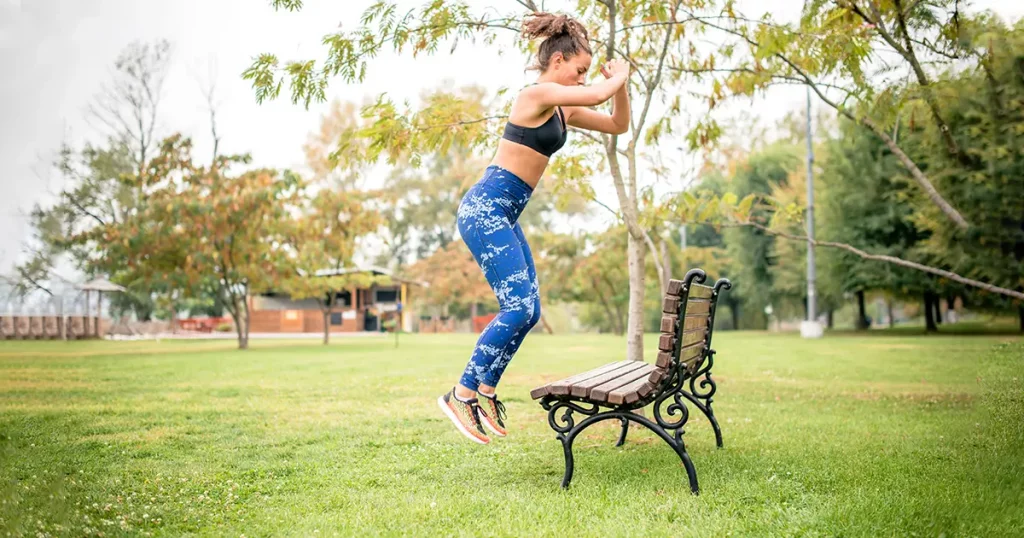
Jump squats add an extra challenge to regular squats. Stand in a regular squat stance, and go into the squat with a straight spine. Stay in the squat for a second, then push to jump off the ground. These strengthen your legs and upper body more effectively. Perfect if you’re on a challenging trail with a heavy backpack.
3. Lunges
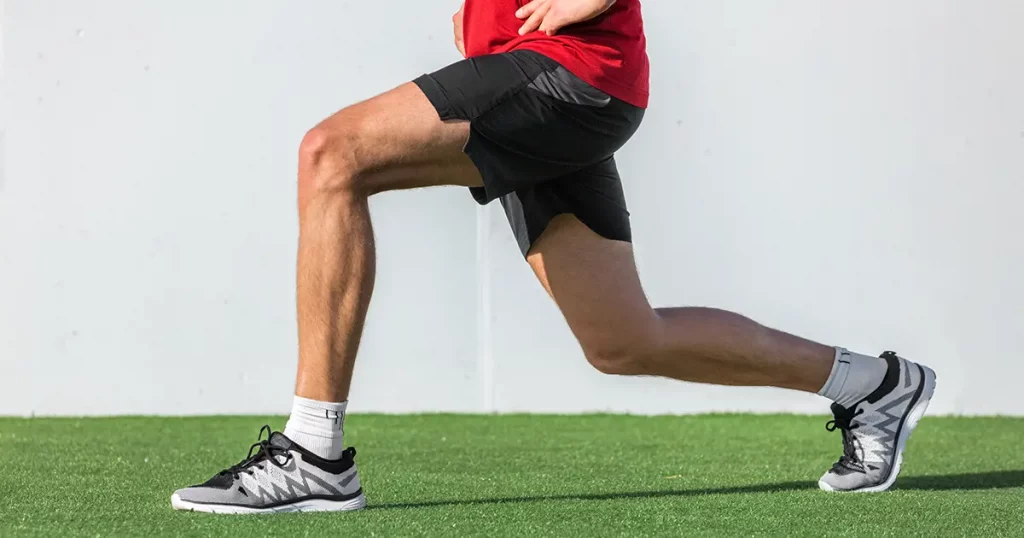
Lunges are another excellent leg exercise, strengthening your glute and thigh muscles. A mixture of lunges and squats will help to prepare your legs for uphill hikes.
4. Barbell Squats
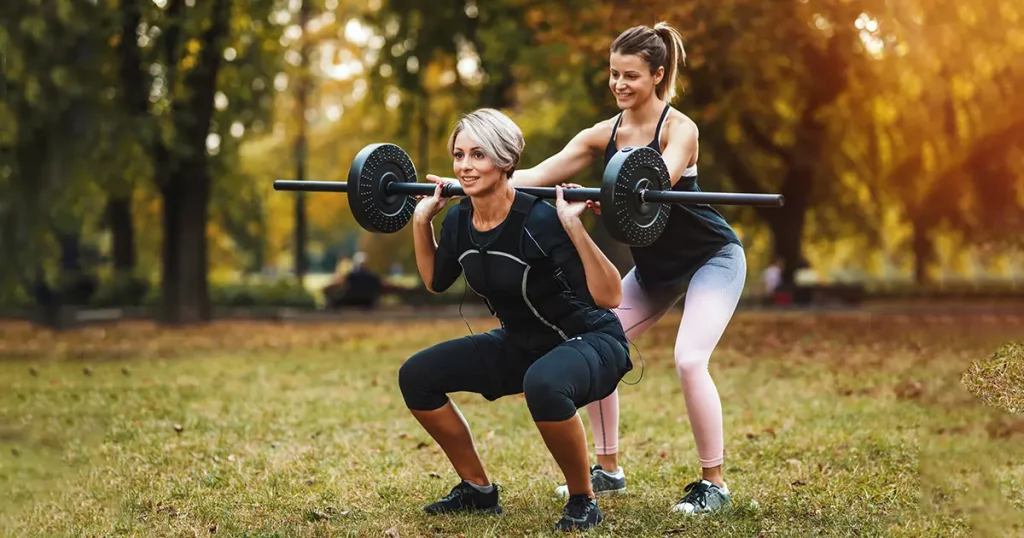
If you have access to a barbell, try to incorporate it into your routine. It’s difficult but worth trying, as it can effectively increase your strength and endurance.
Place the bar on your shoulders, then squat as you usually would. This may be hard at first, but you’ll gradually become stronger, and it will work your legs while training your shoulders to deal with heavy weights at the same time. If you’re backpacking, you’ll find this really useful, as you might be carrying a heavy backpack with all your camping essentials.
5. Hill/Bleacher Runs
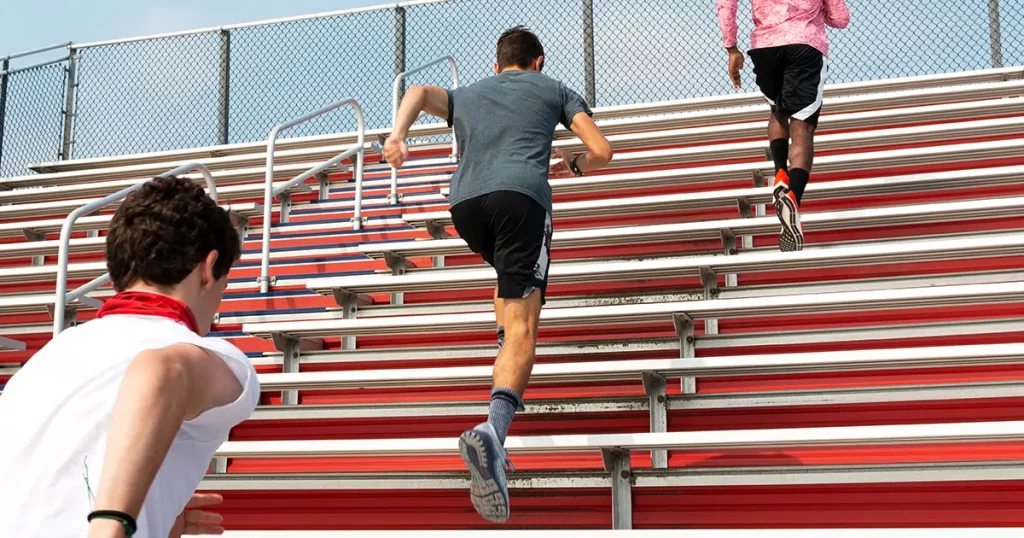
This is a simple exercise, using the muscles you’ll be engaging on the trail in short bursts. Run up hills or bleachers and back down again. It’s easy to do, and it will prepare your body for difficult terrain.
6. Step Ups
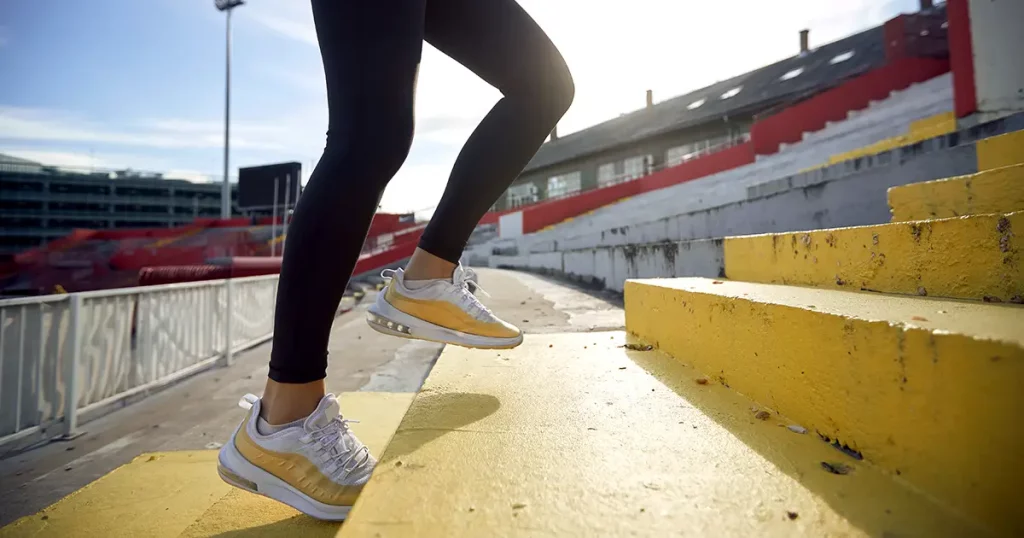
Step-ups are excellent for increasing strength. You can set the height to suit you, although the higher the better if you want to get stronger quickly. Just step up onto a sturdy surface and back down again. This is great for your leg muscles, and it’s an easy exercise to do at home.
7. Hill Starts
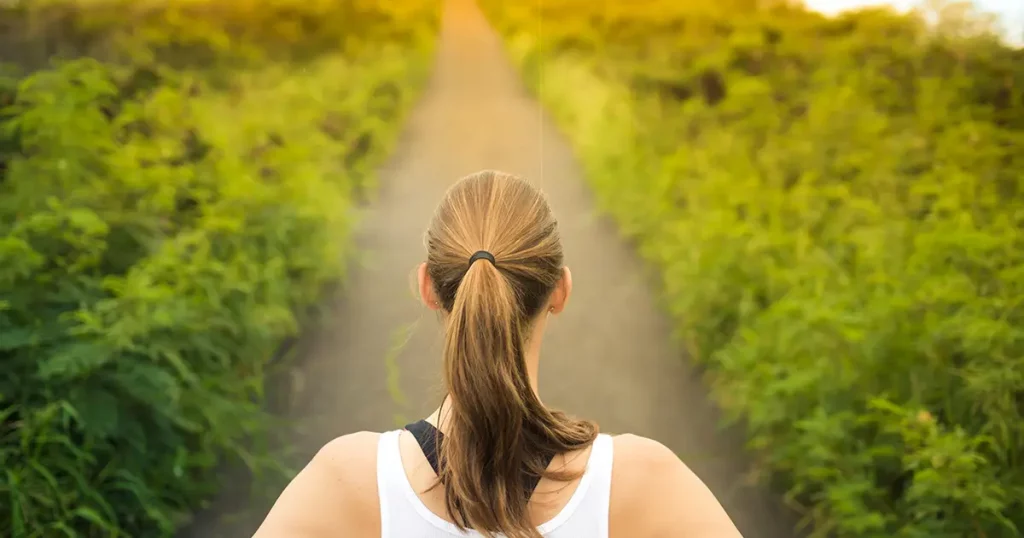
Similar to hill/bleacher runs, these hill starts are hard work, but well worth it. From the bottom of the hill, run for 5 seconds, then walk back down. Then run for 7 seconds, then walk back down. Then run for 10 seconds, and then walk back down. Repeat this as many times as you like.
8. Downhill Repeats
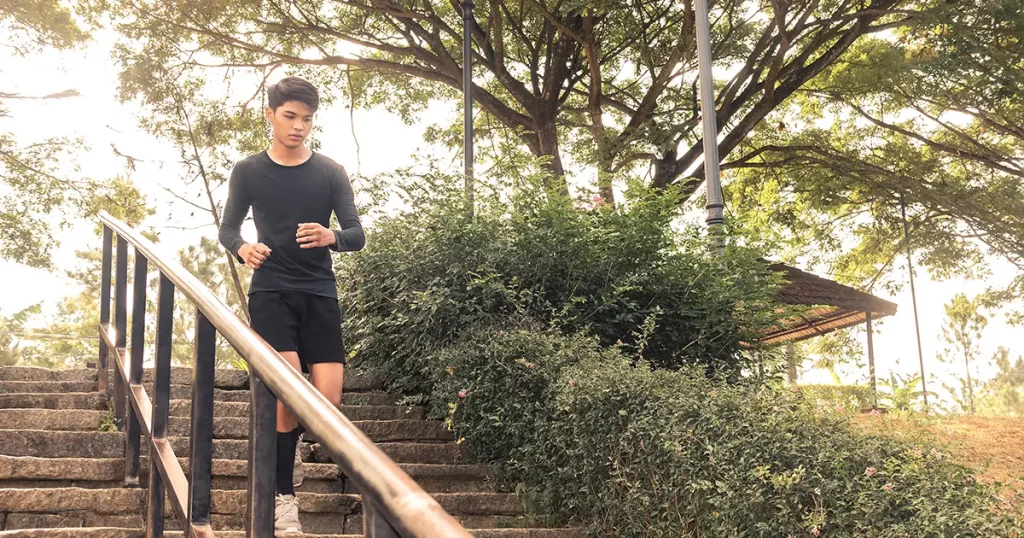
It’s important to get used to hiking downhill, too. The more practice you get, the more instinctively you’ll move on steep declines. You can practice by doing strides down a gentle slope. Once you get used to that, you can move onto steeper hills.
9. Short Hill Sprints
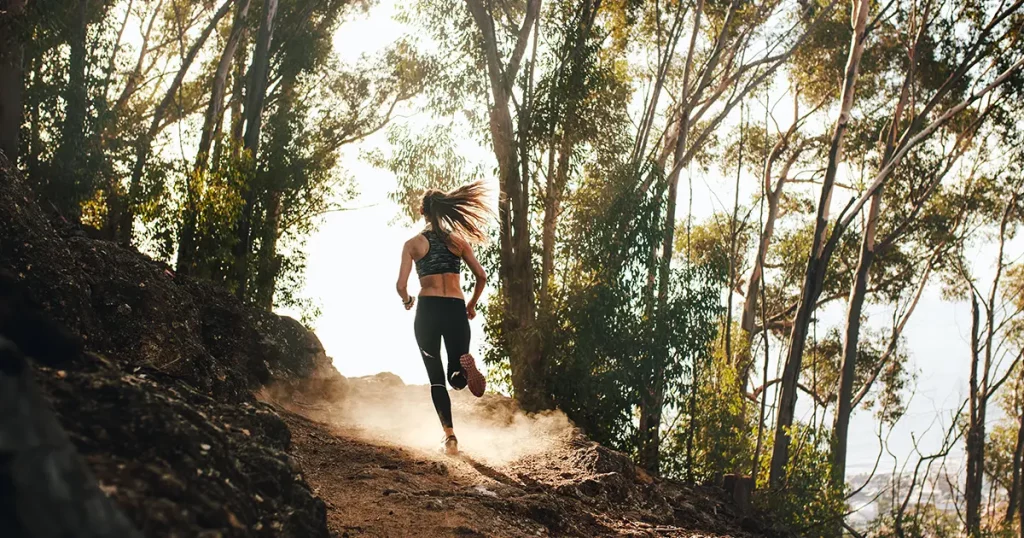
This is just as it sounds: sprinting uphill in very short bursts (think 10 seconds). For those 10 seconds, you want to go for it. Push as hard as you can. Then have a moment to recover, and walk back down again. Build this up slowly, only repeating the exercise as many times as you feel comfortable with.
10. Treadmill Walking
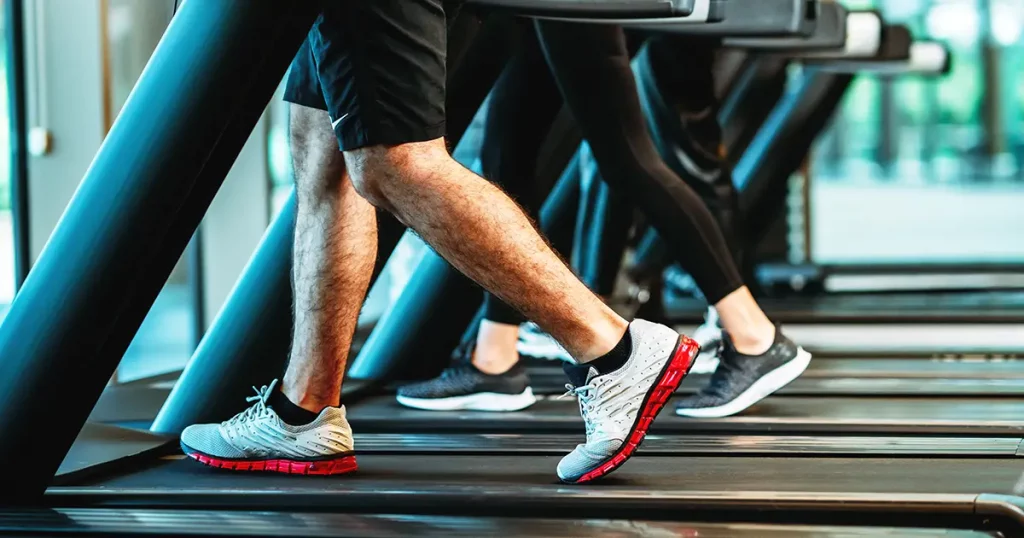
If you have a treadmill or access to a gym, this is a really simple way to build endurance. You can build up the speed slowly over time. Treadmill walking is great for general fitness, which you’ll need if you want to start to tackle difficult trails. Plus, depending on the treadmill, you can increase the incline bit by bit.
Frequently Asked Questions
Before you head off for your next workout, here are some frequently asked questions:
What else do I need to remember about training for hiking?
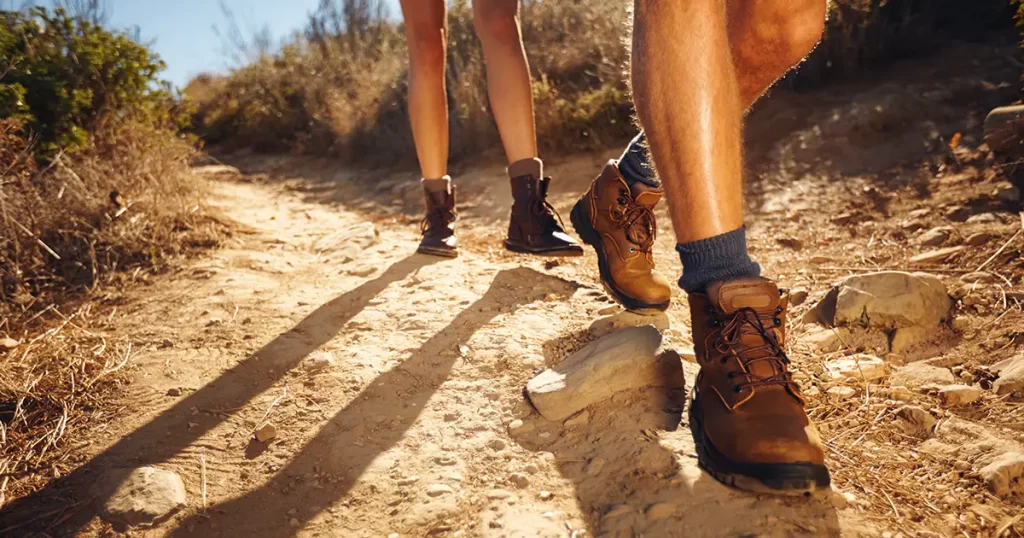
The most important thing you can remember is to warm up and cool down properly. Jogging is a great way to warm up, especially if you’re about to tackle some hill starts or short hill sprints. Warmups are important to help reduce your risk of injury.
Similarly, cool-downs are very important. A good cool-down routine will help to stretch your muscles and help to reduce build-up of lactic acid, which can cause muscle pain.
You can find tons of warm-up and cool-down videos online to try out.
What kind of equipment do I need to train for hiking?
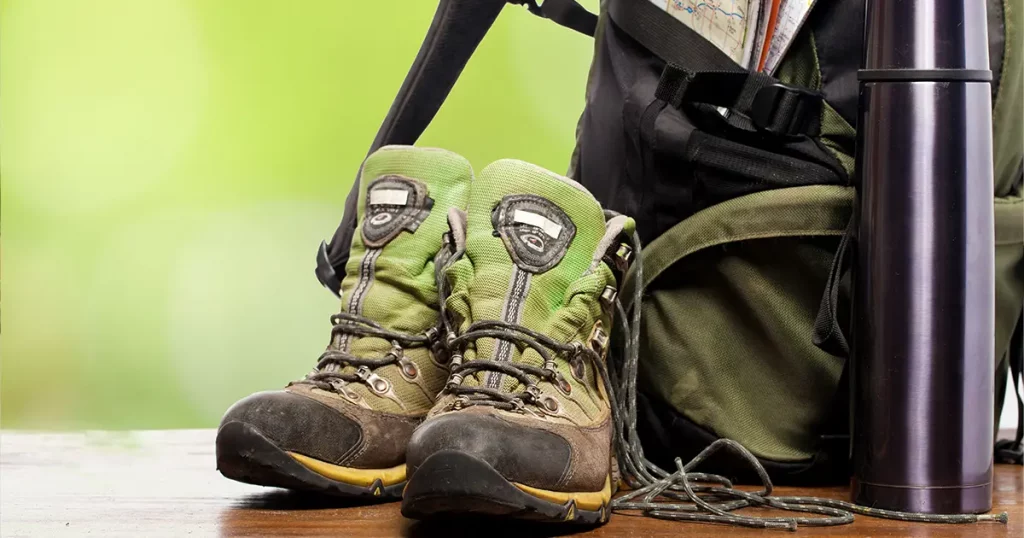
You don’t need a lot to get going. If you’re exercising, you’ll need a good pair of women's lightweight sneakers that will allow you to move around freely while supporting your feet properly.
We’d also recommend getting your hiking shoes, hiking sandals, or hiking boots ready to go. Before hitting a tough trail, it would be great wear them on lighter trails to allow you to get used to the feel of them. Some hiking boots take time to break in, so it’s worth doing this in advance.
If you plan to use a walking pole, you can also practice using that.
The last thing to think about is a hiking backpack, sling bag or daypack. Another alternative would be the TETON Sports Oasis Hiking Backpack, as it’s lightweight but roomy enough for all your essentials.
And, of course, you’ll need a large water bottle to keep you hydrated!
How can I find a trail near me?
We’d recommend searching for your local area on a website like AllTrails, which will allow you to find a trail that suits your needs.
To Sum Up …
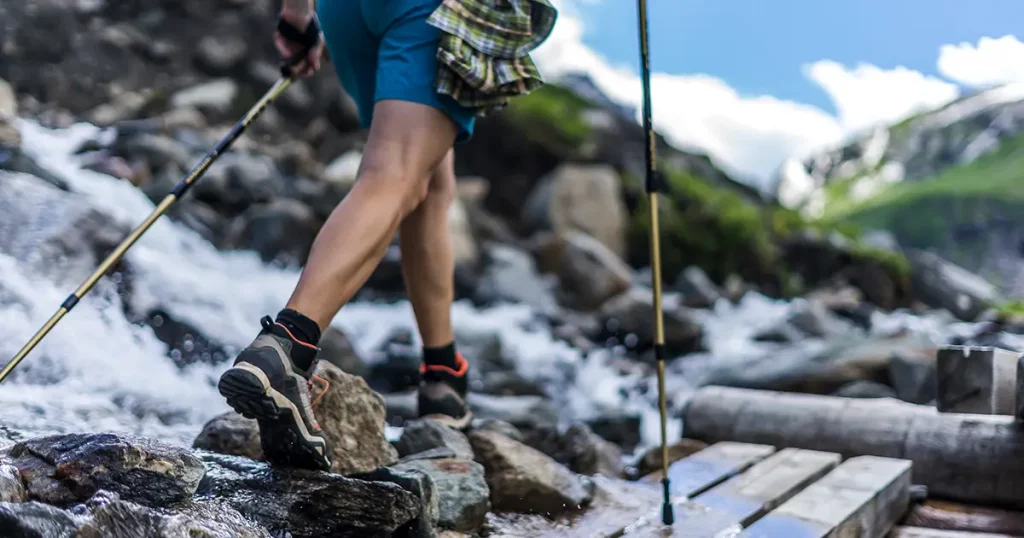
We hope this has helped you to get in shape for hiking uphill! If it has, feel free to share it online with your friends and family.
What has helped you to prepare for difficult trails? Are there any pitfalls to avoid?
Let us know your thoughts.
